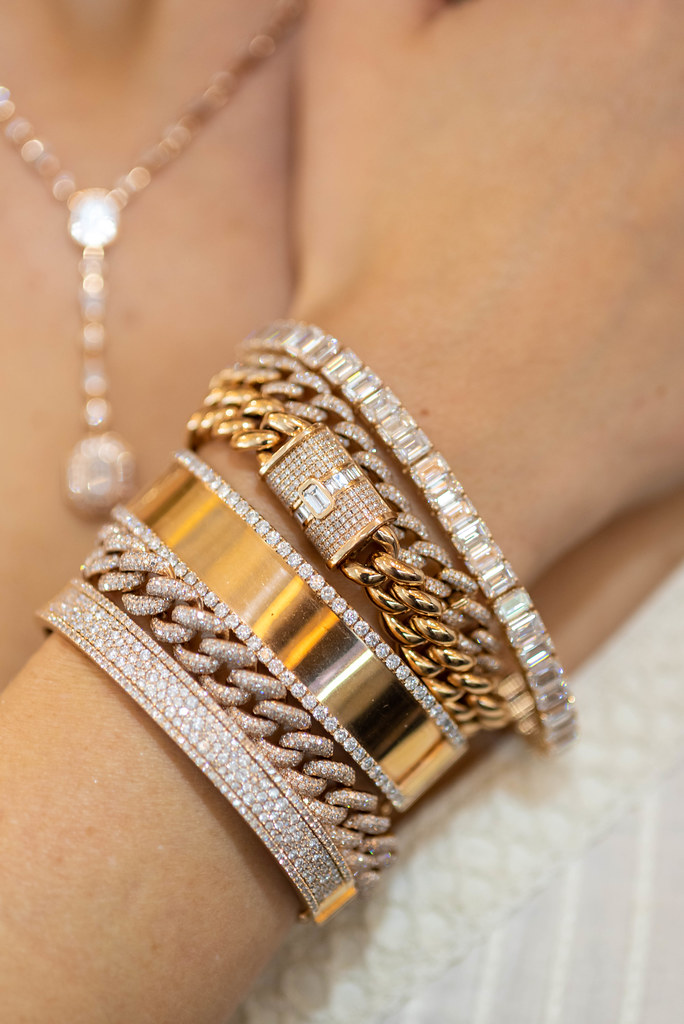Trade Show Plan
Top Three Things to Do
In planning and preparing for the upcoming trade shows you should have three specific tasks completed:
- Prepare a predetermined, calculated open to buy
- Create a specific buying list of your inventory needs and potential exchanges
- Develop your advertising plan through the end of the year and be prepared to adjust it based on actions you take at the show.
Success in maintaining control of your inventory and delivering a strategic and effective advertising campaign lies in developing and executing a plan for working trade shows.
The primary reason to attend a trade show is to find new items to become fast sellers in your store. You also want to work with suppliers to exchange slow selling product for those items you have been successful with and/or new items the supplier has introduced. Most jewelers use trade shows to buy product they want for the fall selling session and they have the tendency to buy too much. This results in aged inventory, poor cash flow, and excess debt. An organized plan will prevent this.
So how do you get started on your plan?
Calculate your Open to Buy
This open to buy should be from now through your planned ending inventory December 31. Use this formula and you will be set:
Open to Buy is calculated as follows:
Your desired inventory at the end of December
- Today’s inventory
+ Cost of Goods Sold now through December
- Estimated Special order and memo goods (typically 30% of COGS)
This is your Open to Buy through the end of the year
We have found that the best way to manage this plan at a show is to estimate where you want to spend what percentage in advance, and then work out of something that looks like a check book. You know your opening balance; each purchase is a debit and when you are done – you are done. Applying this principle will keep you from being over bought – no matter how good the terms.

Create a Specific Buying List
- Analyze Your Fast Sellers
What are you doing well with that perhaps you could expand upon in a new and different way?
- Analyze Your Suppliers
Which vendors have been a pleasure to work with? Become important to them. Retailers don’t need 50 vendors. A supplier should be important to you and you should be important to them. Build relationships and you will both go farther.
- Prepare for each Supplier Meeting
Go to your meetings with reports in hand. Be sure about what you are there for and let them in advance. This is a better spend of both your time. Bring a report of necessary exchanges, and fast sellers you might be behind on and take care of this first. Then see what is new and exciting and build from there.
- Daily Plan
Put each appointment on your calendar.
Allow yourself plenty of time for each meeting (2 hours is good – not that you will be with the vendor that long, but it allows you time to regroup and get to your next appointment comfortably). Utilize the time between appointments to look at new vendors.
Develop your Advertising Plan
- Before going to the show, work with a blank calendar and pencil in what type of events you would like to hold now through the end of the year.
- Fill in events in your town that might cause a conflict with an event in your store, so you can plan around them.
- As you meet with each vendor, determine if they work into your advertising plan-be it through print, TV or a trunk show. Work with them while you are there and develop a plan by looking at their available advertising materials and availability for in-store events. Mark your calendar and leave with a plan.
By developing a pre-show plan, you will find that Trade Shows will become more productive and less stressful.